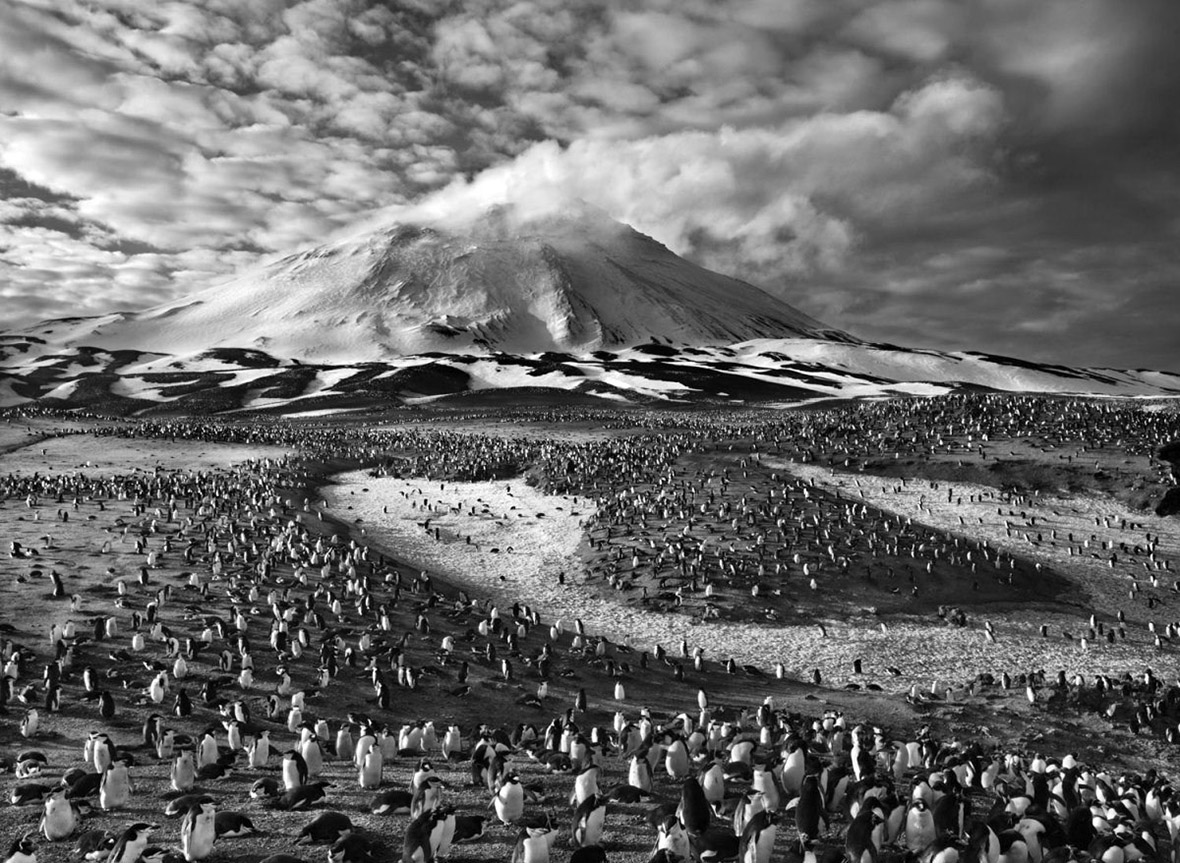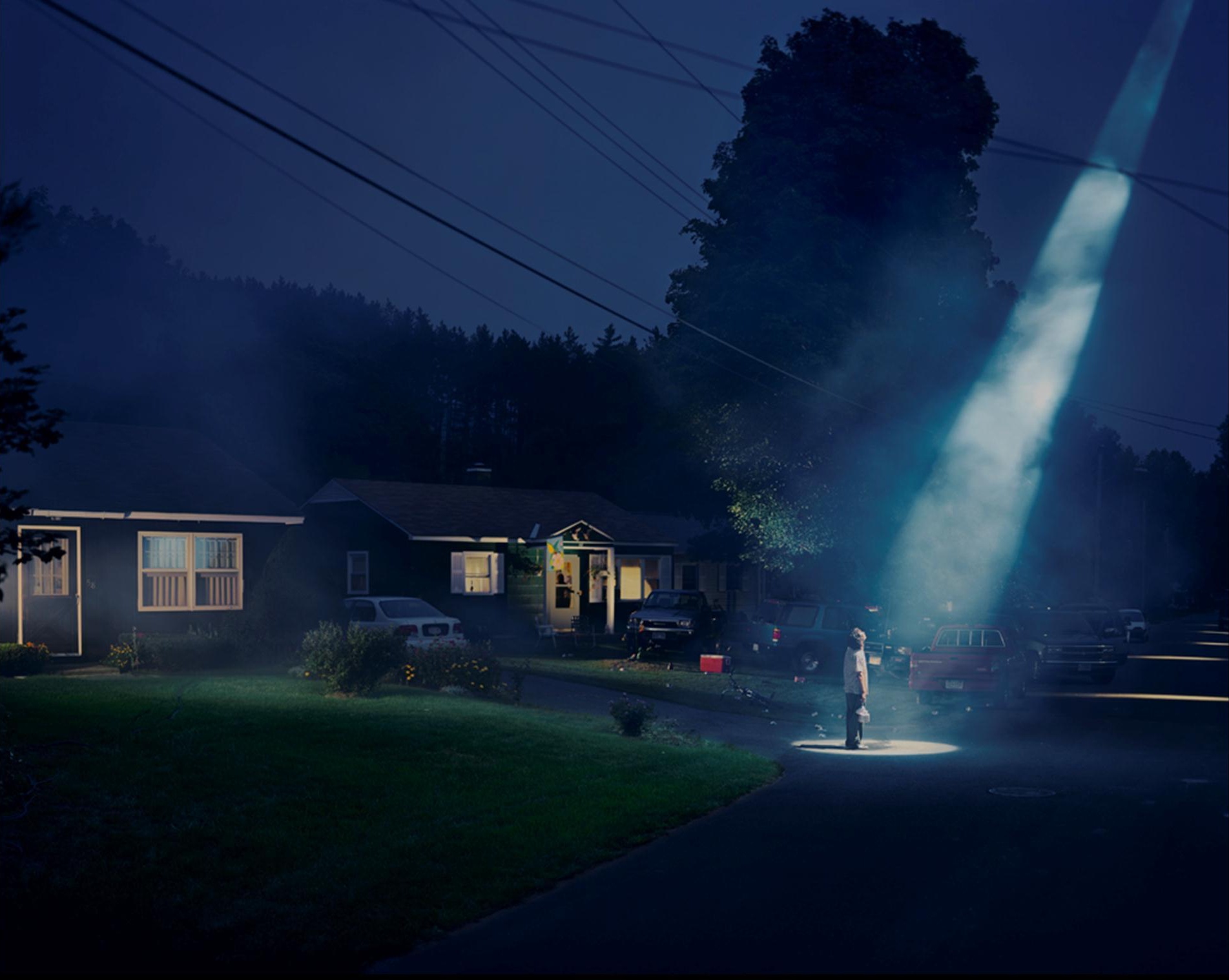Capturing Narratives: The Art of Style and Technique in Photography
@jorgebscomm for @empowervmedia*
In the ever-evolving canvas of visual storytelling, photography stands as a formidable medium, weaving tales with each click. At its core, the magic lies in the meticulous fusion of style and technique. This article embarks on a journey through the captivating realm of narrative photography, unravelling the profound impact of stylistic choices and technical nuances on storytelling and emotional resonance.
 |
| Agim Shala, 2 years old, passed through a fence at the refugee camp in Albania, Carol Guzy, 1999 📷: Cliff |
The Archives of Time
Delving into the archives of photographic history unveils a rich tapestry of narrative evolution. From the pioneering works of early photographers like Julia Margaret Cameron, who painted poetic narratives with their lenses (Sandweiss, 2004), to the ground-breaking narratives captured during the Great Depression, this historical overview illuminates the roots that ground contemporary practices.
 |
| “Migrant agricultural workers,” Dorothea Lange, Nipomo, California, March 1936 📷: buzzfeednews |
Rewriting the Narrative in Digital Ink
In the digital age, technological strides and the ubiquity of digital platforms have transformed narrative photography. Modern practitioners, like Brooke Shaden and Alec Soth, push boundaries, reshaping storytelling conventions. From conceptual compositions to immersive storytelling through series, the contemporary narrative lens has expanded, inviting viewers into new realms of visual exploration (Dyer, 2020).
 |
| “CEMETERY, FOUNTAIN CITY”, Alec Soth 📷: MMoCA |
Masters of the Narrative Lens
Profiles emerge of influential figures whose photographic narratives resonate through time. Dorothea Lange's poignant documentation of the Dust Bowl migrants and Sebastião Salgado's epic portrayals of human struggles showcase how key figures mould the narrative landscape. Their unique styles and techniques have become guideposts for storytellers navigating the visual narrative terrain.
 |
| Zavodovski Island, South Sandwich Islands, Sebastião Salgado, 2009 📷: ibtimes |
Narrating Tools
But how does one wield these tools to craft their own narratives? Composition becomes the stage director, guiding the viewer's eye through the emotional arc of the story (Freeman, 2017). Lighting acts as the emotional palette, bathing scenes in warmth, cloaking them in shadows, or illuminating key moments like spotlights in a drama (Peterson, 2017). Every technical choice, from lens selection to post-processing, becomes a brushstroke shaping the narrative canvas.
Artists and Techniques
Journeying through the lenses of individual artists reveals the diverse techniques shaping their narratives. Annie Leibovitz's intimate portraits, juxtaposed against Gregory Crewdson's cinematic compositions, showcase the spectrum of choices artists make. From the emotive power of colour grading to the intentional use of negative space, each technique paints a unique stroke in the canvas of narrative expression (Leibovitz, 2018; Moody & Crewdson, 2002).
 |
| ‘Twilight’, Gregory Crewdson, 1998-2002 📷: Cara London |
Beyond the Pixel: A Critical Eye
Engaging with theoretical frameworks, we navigate the intellectual currents shaping critical perspectives on narrative photography. Scholars like Susan Sontag and Roland Barthes illuminate the nuanced interplay of image and text, while debates on the ethical dimensions of visual storytelling underscore the responsibilities inherent in the photographer's craft (Tagg, 2022).
A Canvas of Challenges and Opportunities
Balancing technical expertise with narrative intent can be a tightrope walk. The rise of "instant" photography raises questions about the deliberate craft of storytelling (Ritchin, 2010). But within these challenges lie opportunities. Social media platforms become stages for visual narratives (Manovich, 2017), citizen journalism empowers individuals to document the world around them (Davis, 2018), and collaborative projects redefine the boundaries of storytelling through shared lenses.
 |
| Citizen journalism empowers individuals. 📷: journalismresearchnews |
This exploration is not a monologue, but rather a lively symposium. Throughout our blog, we weave in the voices of guest photographers, academics, and experts who offer diverse perspectives on the art of narrative photography. Their stories, insights, and challenges enrich our understanding and provide invaluable lessons for our own creative pursuits.
Ultimately, Capturing Narratives is a call to action. It invites you, the reader, to pick up your camera, embrace the power of style and technique, and tell your own stories. For in every frame lies the potential to evoke emotions, spark conversations, and illuminate the world through the unique lens of your own creative vision. Let's embark on this journey together, one click at a time, and craft visual narratives that resonate far beyond the shutter's whisper.
*AI assisted



Comments
Post a Comment